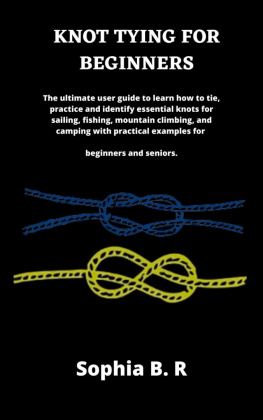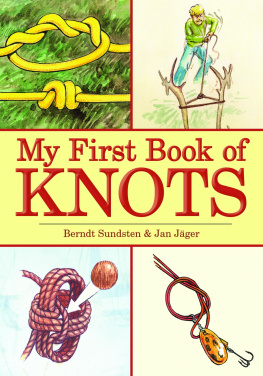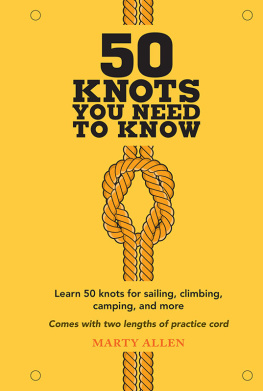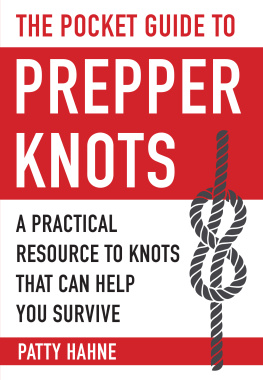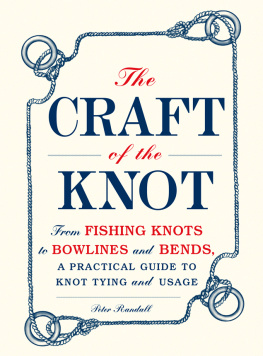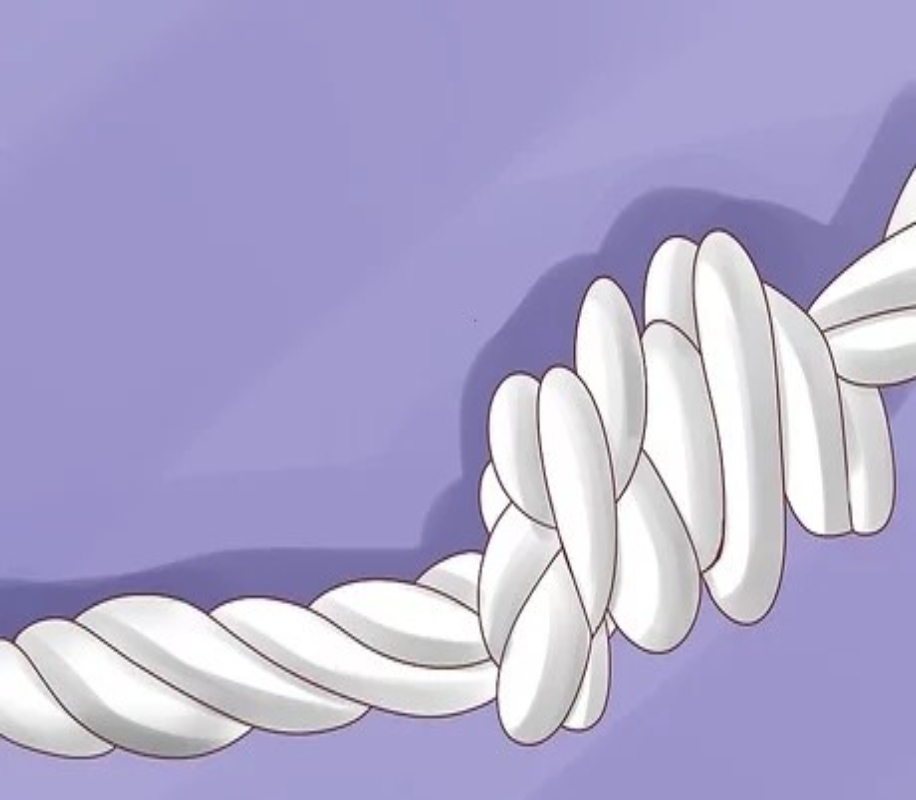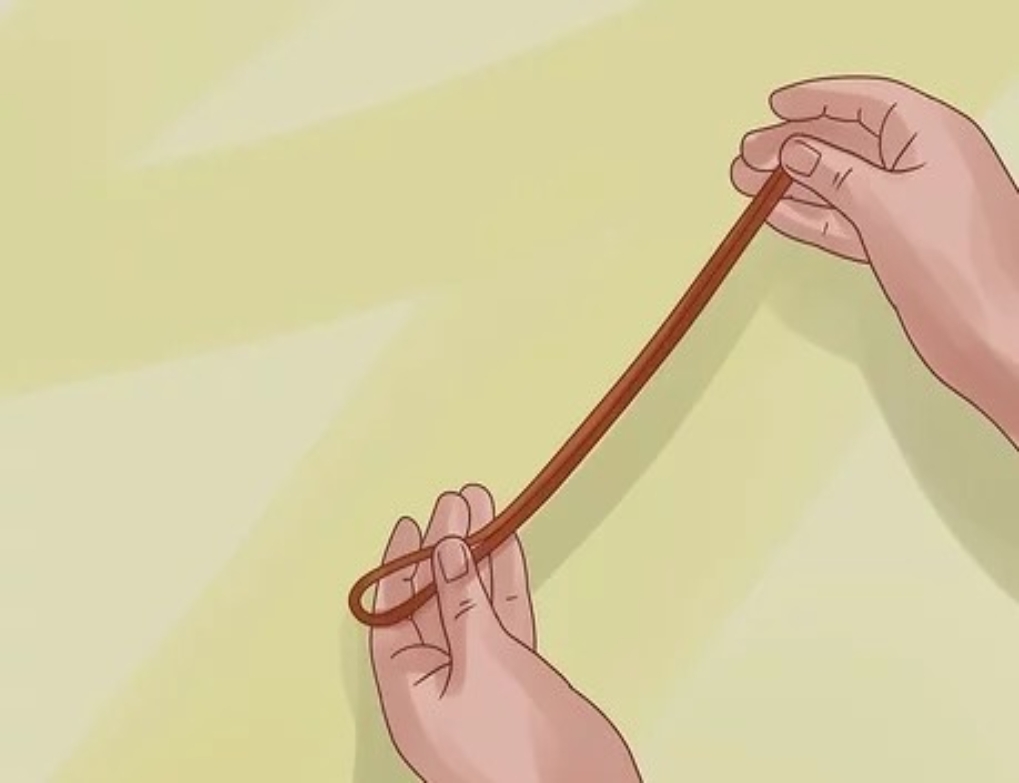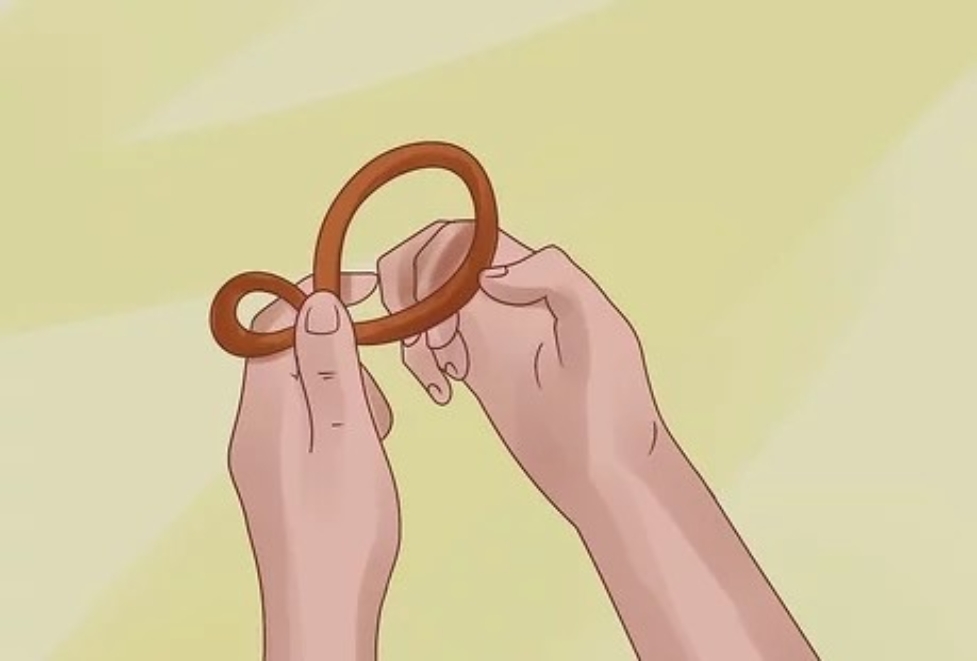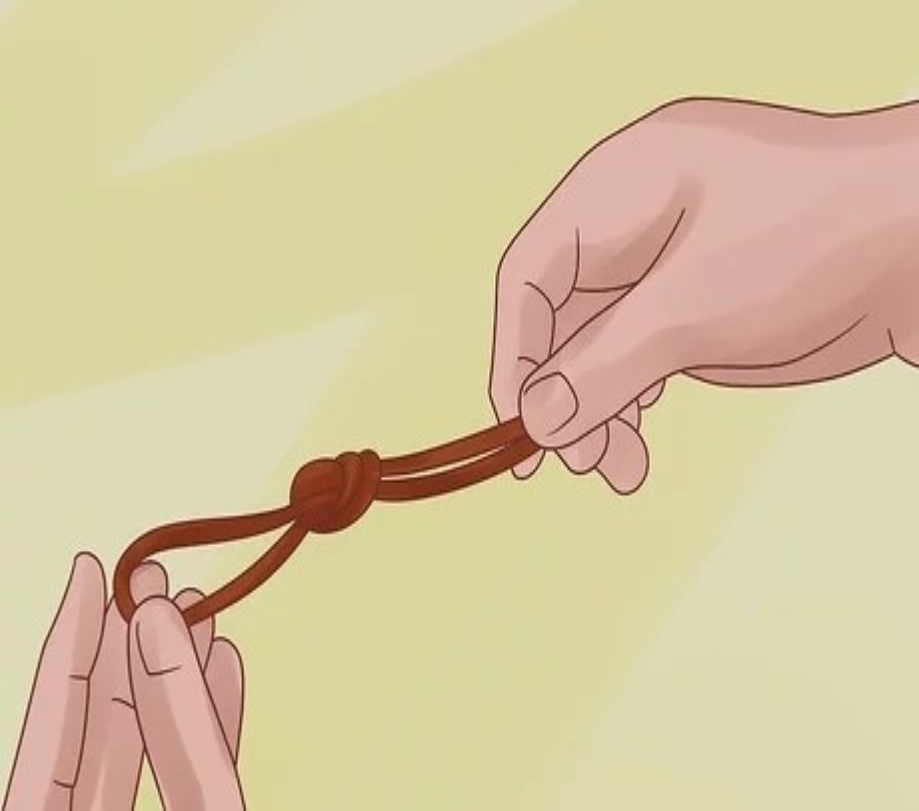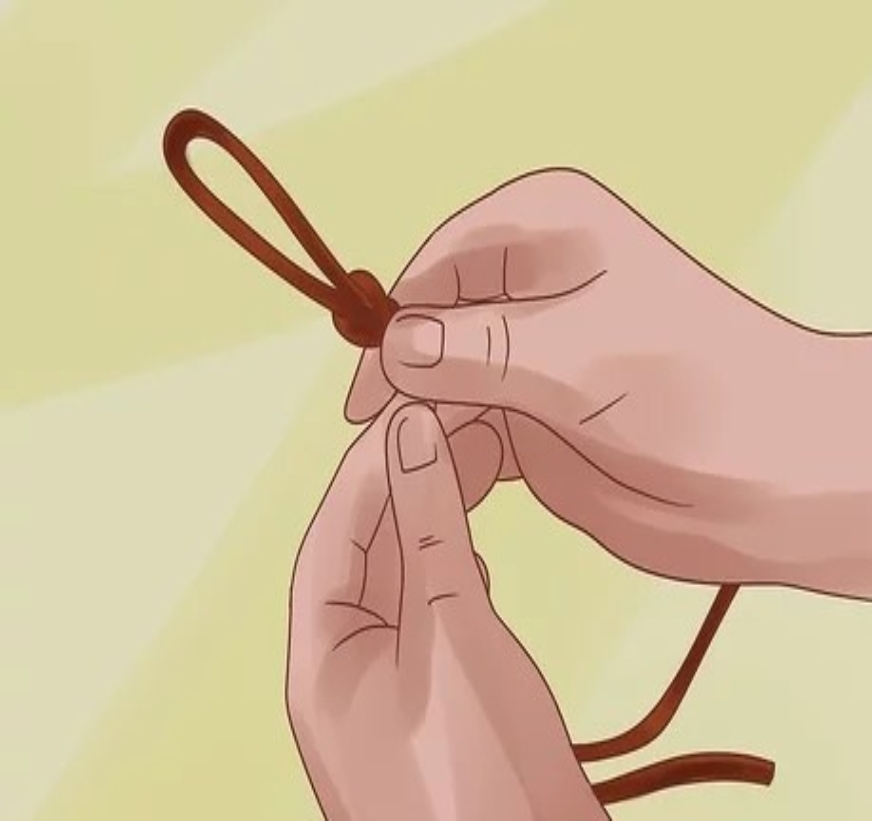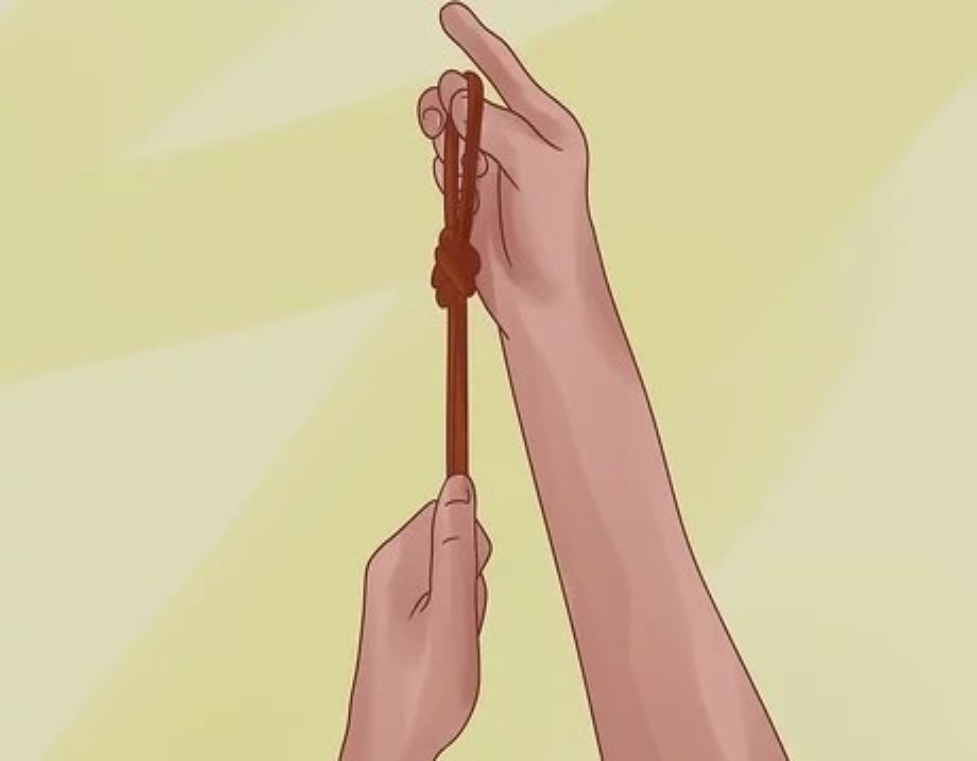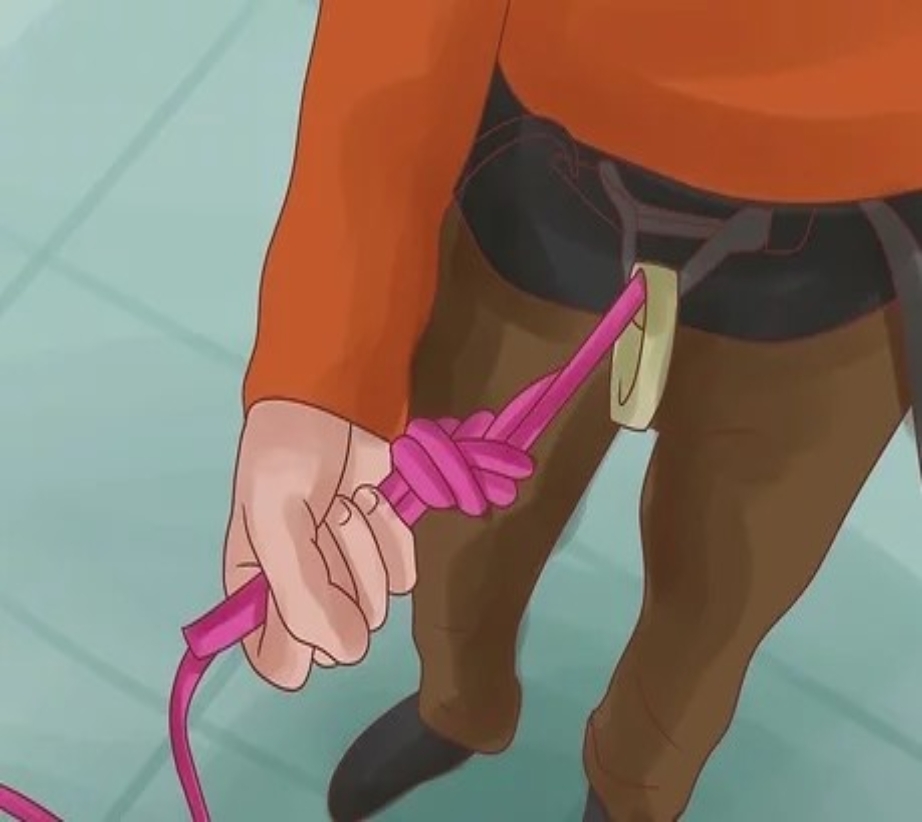Knots Tying Manual
Step By Step Guide To Knots Tying: Stopper Knot, Bowline, Double Bowline Climbing Knot, Figure Of 8 Climbing Knot, Square, Fishing, Palomar, Prusik, Overhand Knot, Trucker's Hitch, Clove Hitch Knot, And Much More
Copyright@2020
Elliots Steve
Table Of Content
CHAPTER ONE
How To Tie An Overhand Knot
It is really very simple to tie an overhand knot, but very difficult to untie when you use a thin piece of yarn but if you must untie you need to use specific finger. There are different techniques to tie the knot, based on how tight you desire your rope to be.
Technique 1-Tying an Overhand Knot
1- create loop with the end of your rope.
To create a round loop, place one end of your rope over the remaining part. Note at the bottom of your loop, your knot will be at that area.
2- Tuck the end of your rope to pass through your loop.
Keep your loop together and put the end of your rope together through the loop. You can achieve this with a little round loop and a easy cross over.
3- Holding the end of your rope, drag your knot tight .
Hold the ends of your rope and then drag your hands from each other in order in order to tight your overhead knot very well.
4 Utilize the overhand knot as a stopper .
This particular knot is not tight, not big but generally use as stopper in order to prevent your rope not to pass back through an opening. This knot can still prevent the end of your hanging rope from fraying.
5- untie your knot by taking both ends of your rope closer, and then untie the end.
For you to lose the knot, pull the ends of the knot to the back and it will pull in opposite direction
Technique 2 -Tying a Double Overhand Knot
1- Form a loop with your rope where you desire your knot to be.
What you need do is to cross end of your rope over the rest part in order to have your loop. Note that the bottom part of your loop is exactly the place your knot must be.
2- Use the end of your rope to pass through the loop .
Put the end of your rope under the loop you created and drag your rope to pass from the back
3- Bring the end of your rope back outside of your loop and then wrap it back to pass under.
At this point use your rope to pass the loop.
4- Bring the end of your rope back to pass through your loop the second time.
At this stage, use your rope to pass the loop for the second time. This simply means that you have turn your rope through the loop twice.
5- Pull on both ends of your rope in order to tighten it.
Drag both ends of your rope to tighten your knot.
6 - Employ the double overhand knot for your larger stoppers or for more complex knot.
This is double overhand knot is big and thicker stopper knot and it helps to prevent your rope from pass big holes. You can use it to create other knots like double fishermans knot and double overhand noose.
7- Loop the end of your rope as many times as you desire in order to increase your size of your stopper.
Double overhand knot is known as big and thicker stopper. If you want a very big knot, what you need to do is to pass your rope through your loop as many times you desire before you drag both ends of your rope. This is called multiple overhand loops.
Technique 3-Tie an Overhand Knot at the middle of your Rope
1- Create a "bight," or U-shape bend, at the center of your rope.
Mark the point at which you want your knot to be, then bend your rope backward. Note that the bend is referred to as bight and both sides of your rope must be parallel to one another with your end of rope bend.
2 - Pass the bight under your parallel ropes to create a loop.
At this stage you should know that you are working with two ropes at a time. Note that the rope that rest as you produce your knot is referred to as the standing rope.
3 - Fold up the bight back to pass over and then put it into your loop.
Use the bight to pass under the standing rope and let it go through the loop.
4 - Use your fingers to adjust your ropes so that your sets of 2 ropes run parallel.
This knot can easily unravel as you drag to tight so you are advice to use your hand to massage it into something more secure.
5 - Holding onto your standing ropes, drag your bight down in order to tighten your knot.
Hold your standing rope and drag your bight to tighten your knot.
6 Create an overhand knot at the center or any position of your rope in order to provide you a grip.
You can create this knot in any point of your cord depending on what you want. This knot will help to give a grip or avoid slipping.




